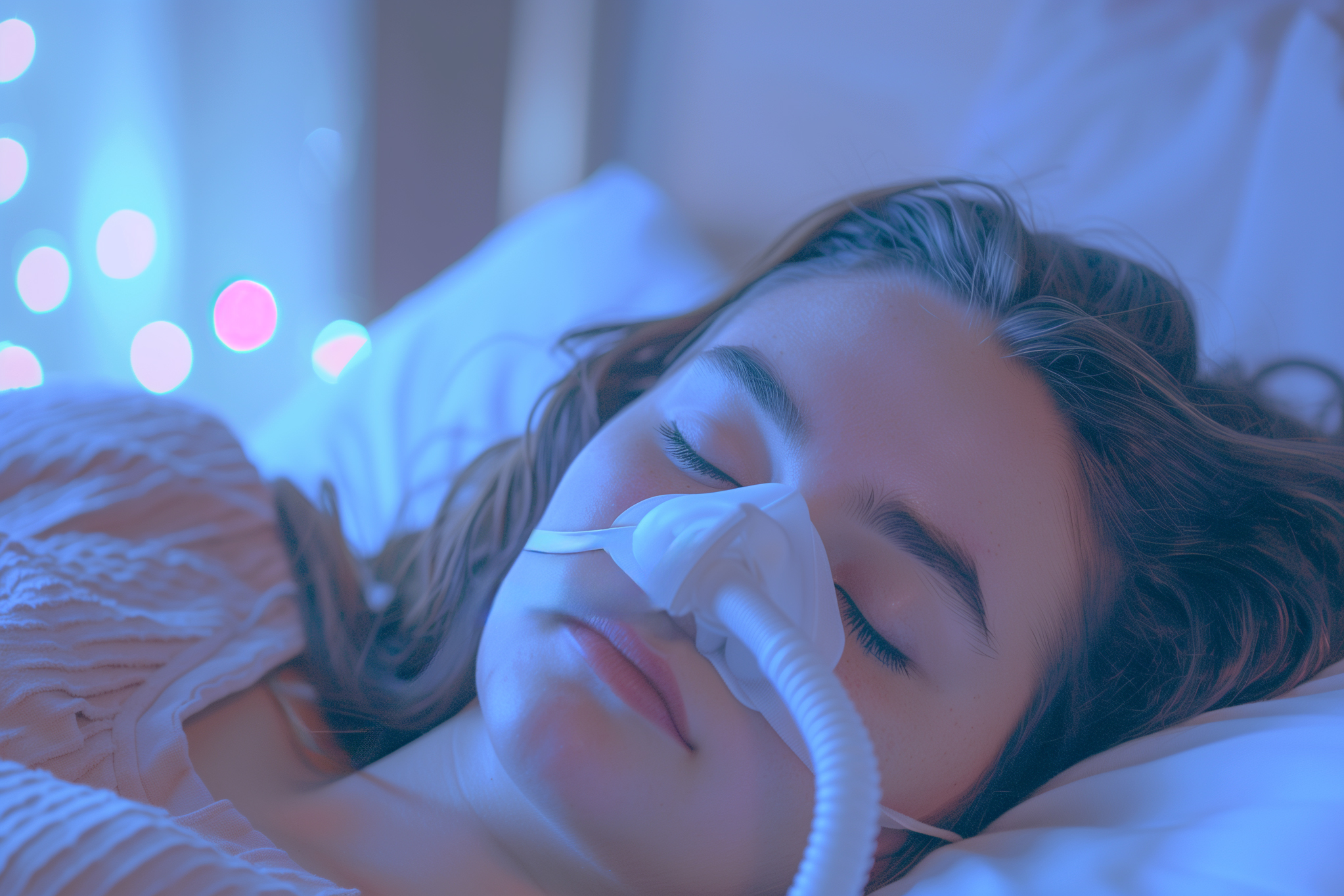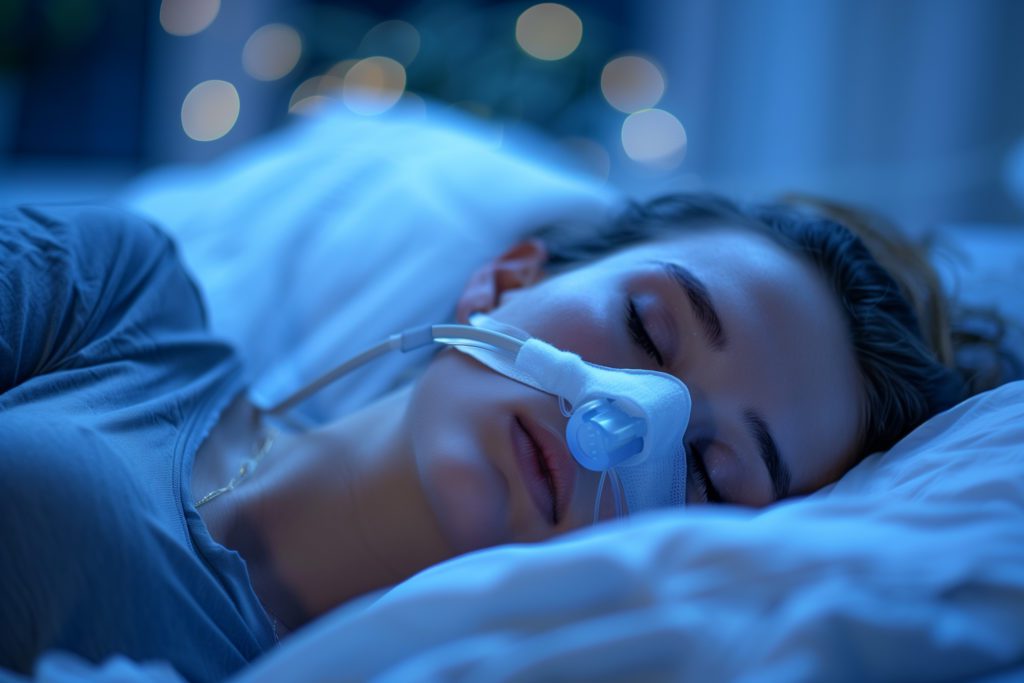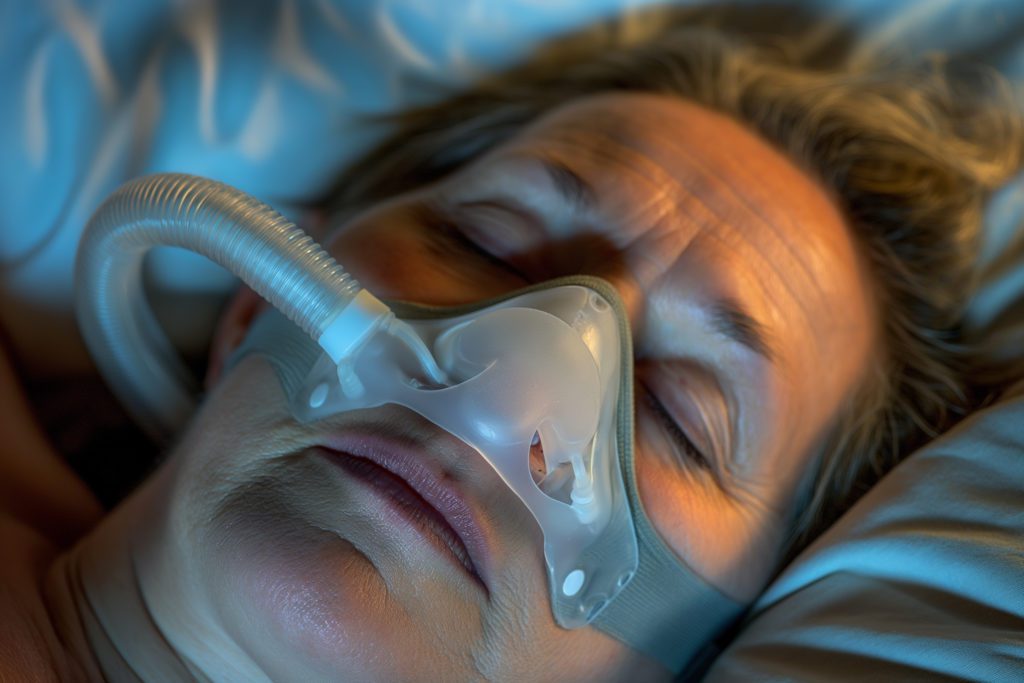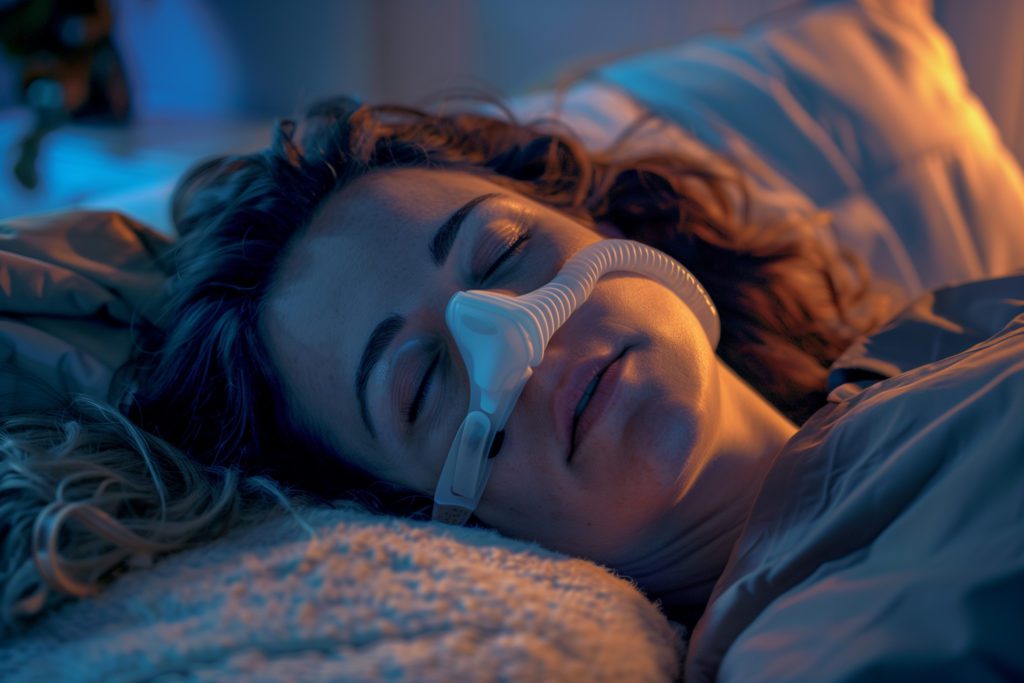
CPAP Therapy Explained: What to Expect and Tips for Success
CPAP therapy is the key to better sleep and health for those with sleep apnea. Discover how it works, what to expect, and tips for long-term success.

CPAP therapy stands for Continuous Positive Airway Pressure and is one of the most effective treatments for obstructive sleep apnea. If you've ever been told you snore a lot or wake up feeling like you haven't slept at all, CPAP is what you need. The device helps keep your airway open while you sleep, letting you breathe easily and sleep soundly.
Why does this matter? Untreated sleep apnea can lead to serious health issues, like high blood pressure and heart disease, not to mention groggy mornings that never seem to end. With CPAP therapy, you'll not only sleep better but feel better.
In this article, we'll walk you through everything you need to know, from what to expect when you start CPAP therapy to tips for long-term success.
What is CPAP Therapy?
So, what exactly is CPAP therapy, and why is it considered the go-to treatment for sleep apnea?
Simply put, CPAP machines deliver a steady stream of air through a mask you wear over your nose—or both your nose and mouth—while you sleep. This constant airflow keeps your airway from collapsing, so you can breathe regularly throughout the night.
There are different types of CPAP machines.
- Standard CPAP
- BiPAP (which adjusts the pressure for inhaling and exhaling)
- AutoCPAP (which automatically changes the pressure based on your needs).
Each machine has the same goal: to help you sleep without interruptions, meaning no more gasping for air or waking up feeling like you just ran a marathon.
Studies have shown that CPAP therapy is incredibly effective at reducing daytime sleepiness and improving sleep quality. One study published in the Journal of Personalized Medicine found that consistent use of CPAP therapy not only reduces sleep apnea symptoms but also lowers the risk of cardiovascular disease.
What to Expect When Starting CPAP Therapy?
Now that you know what CPAP therapy is, let's talk about what you can expect when you first start using it.
First is the adjustment period. Getting used to wearing the CPAP mask can take some time—anywhere from a few days to a few weeks.
In the beginning, it might feel a little strange or even uncomfortable. Some people experience minor issues like dry mouth or nasal congestion. Don't worry—you're not alone. It's common for first-time users to experience these side effects. But here's the good news: many of these issues can be resolved with minor tweaks. For example, using a humidifier with your CPAP machine can help reduce dryness, while adjusting the mask fit can prevent leaks.
Another thing to remember: patience is key. Some people notice improvements in their sleep within the first few nights, while others may take a little longer. It's perfectly normal for your body to take time to adapt to CPAP therapy.
According to research, persistence with CPAP use is critical for success, as most users start seeing significant benefits after consistent use over a few weeks.
The best part? After your body adjusts, you'll likely wake up feeling more refreshed than you have in years. No more grogginess, fewer headaches, and a better mood overall. Just stick with it—before you know it, you'll be wondering how you ever slept without it!
Tips for Success with CPAP Therapy
Here are some tried-and-true tips to make your CPAP therapy a smashing success. Consider these your survival guide for a good night's sleep.
Start slow and steady
If you find it hard to wear the mask for the entire night at first, try easing into it. Wear the mask for short periods during the day while you're watching TV or reading to get used to the sensation.
Keep it clean
Remember, you're breathing through this thing every night, so keeping it clean is crucial. Regularly clean your mask, hose, and filters to prevent any unwanted bacteria or mold from forming. Not only will this help you breathe easier, but it'll also extend the life of your equipment.
Don't dry out
Some users complain of a dry nose or throat after using their CPAP. One way to combat this is by using a humidifier with your machine. Most CPAP machines have built-in humidifiers, so take advantage of this feature. It can make a world of difference in your comfort level.
Tackle mask leaks
Adjusting the fit of your mask or switching to a different type can help reduce air leaks. A well-fitting mask should be snug but not too tight. If you wake up with marks on your face that last longer than your morning coffee, it might be time to try a different style or size.
Be consistent
Even on nights when you feel like skipping it—maybe you're on vacation or just too tired—try your best to use your CPAP machine. Portable CPAP machines make traveling with your therapy much easier, so there's no excuse to take a night off.
A study in the Journal of Sleep Research found that patients who use their CPAP machine consistently, even during the initial adjustment period, are more likely to experience long-term health benefits.
By following these tips, you'll not only stick with CPAP therapy but make it a natural part of your bedtime routine.
Staying Committed to CPAP Therapy
CPAP therapy is a journey, and like any good journey, it takes some time to get used to. But once you do, the rewards are priceless—better sleep, better health, and a better mood. Sure, it might feel strange at first, and there will be bumps along the way, but the long-term benefits make it all worthwhile.
Remember, consistency is key. Stick with it, make adjustments as needed, and reach out to your healthcare provider if you run into any trouble.

Written by
Dr Aqsa
As a Medical Doctor, Dr Aqsa, uses her knowledge to craft complex medical information that is understandable to the general public. For years, she has tried to improve health literacy and empower readers with valuable health knowledge through her articles, blog posts, and educational materials.
Download Pillow
Get help
Press & News
Legal
Connect
X (Twitter)
Company
Copyright © Neybox Digital Ltd.



